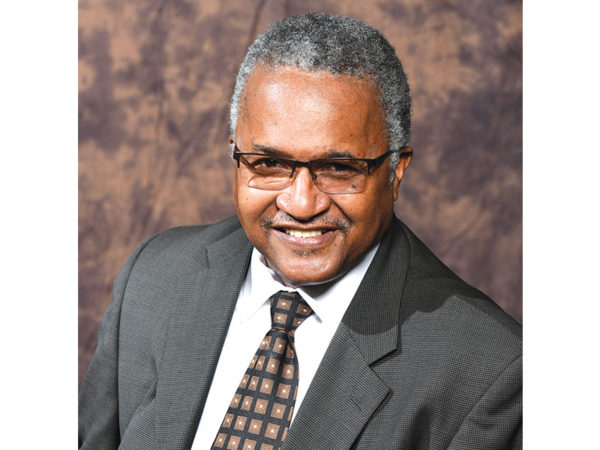John Bel Edwards won re-election for a second term as Louisiana’s governor, shocking the political experts across the nation. How did he do it?
How did a Democratic governor in a Republican state pull off such a win with the whole country watching?
Edwards polled 774,469 votes and outshined his opponent Eddie Rispone by 40,000 votes.
For four years, Edwards has been a moderate Democrat. He expanded Medicaid and made significant reforms to the criminal justice system, which pleased his Democratic base. However, he also favored abortion bills and legislation that helped attract business to the state, actions favored by many conservatives.
To win re-election, Edwards needed the support of registered Independent voters, plus a massive turnout among Black voters in the major Democratic pockets of the state: New Orleans, Baton Rouge, and Shreveport.
In the October 12 primary, Edwards’ plan worked except Black voters did not turn out in large enough numbers to get him to 50 percent plus one. Generally, black voters favored Edwards but were not excited enough to stand in line to vote for him.
Then, President Trump came to the state to rally Republicans. That was a game-changer for Edwards because Rispone said he would govern Louisiana as Trump governs the nation. To Blacks, that meant “Make Louisiana Great Again.” It conjured images of the KKK, Lynchings, racism, and segregation.
Suddenly, Black civic groups, church leaders, and even the NAACP plunged into “get out the vote efforts” for the November 16th election.
Edwards maintained his moderate position. He refused to speak against President Trump’s rallies in the state because part of his formula was to persuade some Republicans that he was an acceptable alternative to Rispone.
Behind the scenes, Edwards ran a well-financed ground game headed by Former Deputy Chief of Staff Richard Carbo and Scott Arceneaux, a high dollar campaign consultant.
The secret was to shift from the traditional Democratic focus on Shreveport, Baton Rouge, and New Orleans and expand the push across the state, targeting small pockets of Democratic voters who were often neglected. Areas often ignored suddenly had new faces marshaling the Democratic voters, especially Black voters.
The campaign researched and identified 220,000 blacks who voted in 2016 but did not vote on October 12 and went after them. Using sophisticated software, workers across the state could log-in and be directed to precinct specific data to boost turnout. As much as possible, the laid back voters were bombarded with text messages. Black Newspapers, radio stations, and websites were used to push Edwards.
If the laid back voters used a cell phone, posted on Facebook or Instagram, they saw Edward’s face.
Various areas of the state were organized with new faces. In Northeast Louisiana Senator-Elect Katrina Jackson was the primary organizer. Highly popular, she brought diverse and even opposing players in the black community into the Edward’s campaign. In the past, the Democrats used traditional faces who made no effort to work with their enemies.
Senator-Elect Jackson, had the hard job of keeping the diverse groups in several Northeast Louisiana parishes on target, especially when Trump came to Monroe. Everyone wanted to do their own protest; she had to keep everyone on target. Instead of massive marches protesting Trump, there was a march to the early voting center that stretched around the corner.
When the smoke cleared, Edwards won Shreveport, Baton Rouge, and New Orleans, and held on to Republican cross voters. However, the fact that he expanded his ground game and changed methods, produced the 40,000, mostly Black voter edge, that brought him success.
It was a textbook victory that is sure to be duplicated across the nation.


